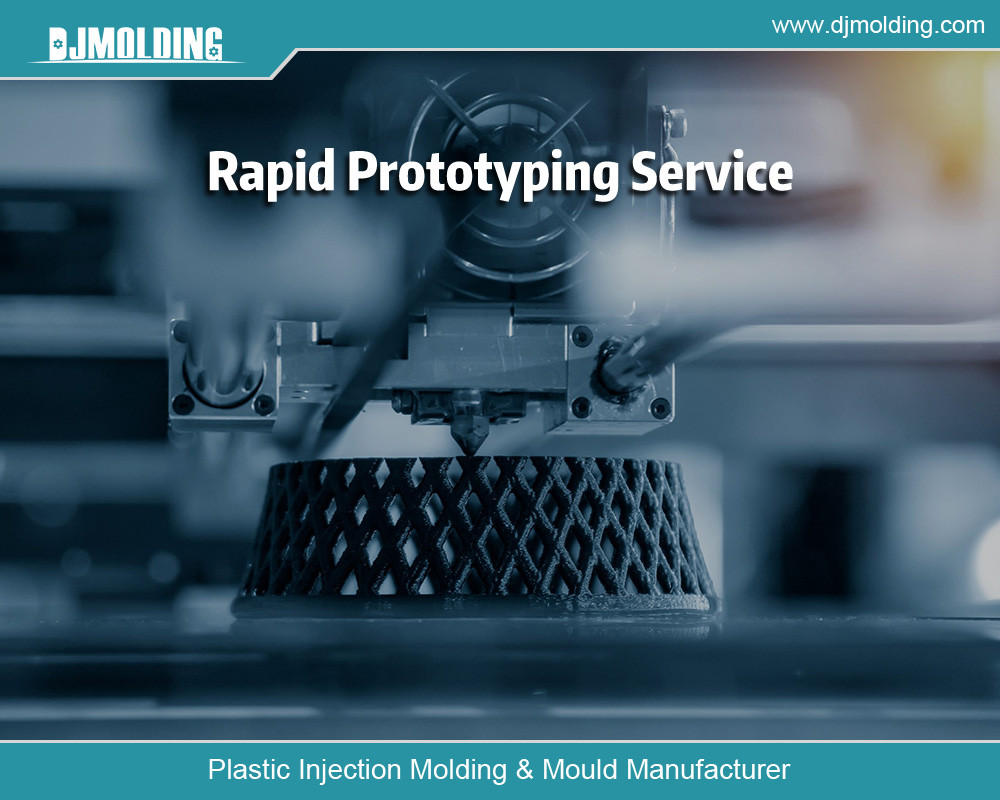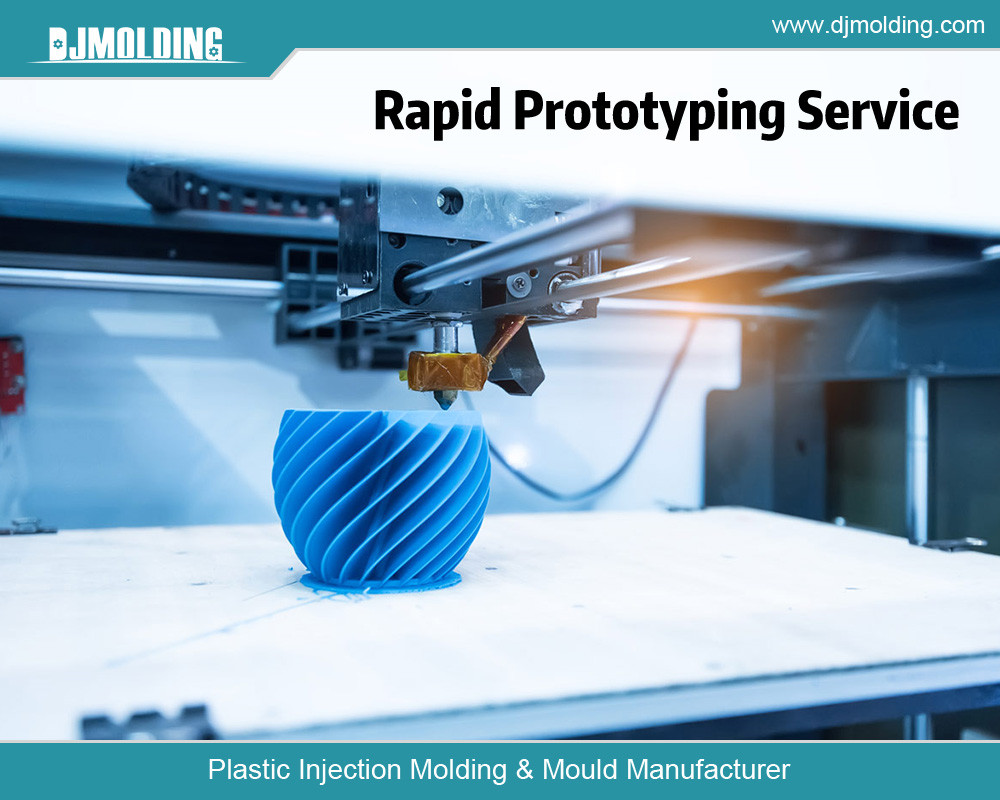Automotive Plastic Components Injection Molding Manufacturer : Revolutionizing Automotive Manufacturing
The automotive industry has undergone remarkable advancements over the years, and one key technology that has revolutionized automotive manufacturing is injection molding for plastic components. In this blog post, we will explore the significance of injection molding in the automotive industry, its impact on design flexibility and cost-effectiveness, and the materials commonly used. By understanding the applications and considerations of injection molding, we can appreciate how it has transformed automotive manufacturing.

Understanding Injection Molding for Automotive Plastic Components
Injection molding is a manufacturing process that involves injecting molten plastic into a mold to produce intricate and precise automotive components. This process is integral to automotive manufacturing due to its efficiency, accuracy, and reliability. The following steps illustrate the process:
- Mold Preparation: Designers design and prepare the mold to accommodate the desired component shape.
- Melting: Plastic pellets are melted at high temperatures until they become a viscous liquid.
- Injection: The molten plastic is injected into the mold under high pressure, ensuring it fills all the cavities.
- Cooling: The plastic solidifies within the mold, taking the shape of the component.
- Ejection: Once cooled, the mold opens, and the ejector mechanism pushes out the finished component.
Advantages of Injection Molding for Automotive Components
Injection molding offers several advantages that have made it a preferred method for manufacturing automotive components:
- Cost-Effectiveness: Injection molding allows for high-volume production at a relatively low cost per part, making it economically viable for the automotive industry.
- Design Flexibility: The process enables intricate designs and complex shapes, facilitating the production of customized automotive components.
- Fast Production: Injection molding provides rapid production cycles, ensuring efficient manufacturing and quick turnaround times for automotive parts.
Materials Used in Injection Molding for Automotive Applications
Manufacturers commonly use various plastics in injection molding for automotive applications, with each type offering distinct properties and characteristics:
- Polypropylene (PP): Automotive manufacturers extensively use PP in interior components due to its lightweight nature, durability, and chemical resistance.
- Acrylonitrile Butadiene Styrene (ABS): ABS combines strength, impact resistance, and heat resistance, making it suitable for interior and exterior automotive components.
- Polyurethane (PU): PU offers excellent flexibility, cushioning properties, and abrasion resistance, making it ideal for manufacturing automotive seating and interior trim.
2. Application of Injection Molding in the Automotive Industry
Injection molding technology is pivotal in the automotive industry, offering numerous applications for producing high-quality plastic components. The versatility and efficiency of injection molding enable the manufacturing intricate and durable automotive parts. Here are some critical applications of injection molding in the automotive industry:
- Interior Components: Automotive manufacturers extensively use injection molding to produce interior components such as dashboards, door panels, center consoles, and seating. The process allows for the creation complex shapes, textured surfaces, and integrated features. Injection-molded interior components offer improved aesthetics, durability, and weight reduction compared to traditional manufacturing methods.
- Exterior Components: Injection molding is vital for manufacturing external automotive components like bumpers, grilles, body panels, and trim. The process enables the production of lightweight yet sturdy parts with excellent dimensional accuracy. Injection-molded exterior features provide advantages such as impact resistance, corrosion resistance, and design flexibility. Additionally, the ability to create intricate designs and aerodynamic shapes contributes to enhanced vehicle performance.
- Under-the-Hood Components: Injection molding produces various under-the-hood components, including engine covers, intake manifolds, and fluid reservoirs. These components require high heat resistance, dimensional stability, and chemical resistance. Injection molding allows for producing robust and intricate parts with tight tolerances, ensuring optimal performance in demanding engine environments.
- Lighting Systems: Automotive manufacturers extensively utilize injection molding to manufacture automotive lighting systems. Using injection molding technology, automotive manufacturers commonly produce headlamp lenses, taillight housings, and reflectors. The process enables the production of specific, durable, and aesthetically pleasing lighting components that meet strict regulatory requirements for visibility and safety.
- Electrical Components: Injection molding is employed to produce various electrical components found in modern vehicles. Manufacturers utilize injection molding to manufacture connectors, switches, sensors, and wiring harnesses. The process ensures precise and consistent production, contributing to the reliable performance of automotive electrical systems.
- HVAC Systems: Automotive manufacturers widely use injection molding in producing components for vehicle heating, ventilation, and air conditioning (HVAC) systems. Manufacturers use injection molding to manufacture air ducts, vent grilles, and control panels. The process enables the production of components with intricate designs, precise dimensions, and high-temperature resistance to withstand the demanding conditions of HVAC systems.
- Fluid Handling Systems: Injection molding plays a crucial role in manufacturing components for fluid handling systems in vehicles. Fuel tanks, reservoirs, pump housings, and coolant pipes are examples of components produced through injection molding. The process ensures leak-free and durable features that meet strict performance and safety requirements.
Key Considerations in Automotive Plastic Components Injection Molding
Injection molding for automotive plastic components requires careful attention to various vital considerations to ensure successful production. These considerations include:
- Design Optimization and Moldability: Designing parts with injection molding in mind is crucial to optimize moldability. Factors such as draft angles, wall thickness, and gate placement significantly impact the success of the injection molding process. Designing parts with appropriate draft angles allows for easy ejection from the mold while maintaining uniform wall thickness to ensure proper filling and cooling of the plastic. Careful consideration of gate placement helps control plastic flow and minimizes undesirable features such as weld lines or air traps.
- Quality Control and Consistency: Maintaining high quality and consistency in the injection molding process is essential to ensure the production of reliable automotive components. Quality control measures, such as regular inspections, dimensional checks, and material testing, help identify and rectify any defects or inconsistencies. Advanced techniques like automated monitoring systems and statistical process control can enhance quality control and ensure consistent production. It is crucial to establish robust quality control procedures to meet the automotive industry’s stringent requirements.
- Environmental and Sustainability Aspects: In today’s environmentally conscious world, considering the environmental impact of automotive plastic component production is vital. Injection molding processes can adopt sustainable practices by incorporating eco-friendly materials and energy-efficient methods. Using biodegradable or recycled plastics reduces the environmental footprint, while energy-efficient molding machines and processes minimize energy consumption. Optimizing material usage and minimizing waste generation through efficient design and production practices contribute to sustainability goals.
- Material Selection and Performance: Suitable materials are critical for automotive plastic component injection molding. Automotive components require specific properties such as durability, heat resistance, chemical resistance, and dimensional stability. Different types of plastics offer varying characteristics, and choosing the suitable material ensures the performance and longevity of the components. Evaluating material properties regarding mechanical strength, impact resistance, temperature resistance, and compatibility with other automotive systems is essential.
- Tooling and Equipment: The quality and precision of the injection molding tools and equipment directly impact the outcome of the automotive plastic components. High-quality molds with accurate dimensions and proper venting ensure consistent part quality. Selecting appropriate injection molding machines with the correct clamping force, shot capacity, and control systems is crucial for achieving desired results. Regular maintenance and calibration of equipment are necessary to ensure optimal performance and minimize downtime.
- Regulatory Compliance: The automotive industry is subject to stringent regulations and standards for safety, performance, and emissions. When manufacturing automotive plastic components, compliance with these regulations is essential. It is crucial to consider the regulatory requirements early in the design and manufacturing process to ensure that the parts meet all necessary standards. Adhering to regulations provides the legality of the components and instills trust and confidence in the end-users.

Conclusion
Injection molding for automotive plastic components has brought significant advancements to the automotive manufacturing industry. Its cost-effectiveness, design flexibility, and fast production capabilities make it an invaluable technology for producing complex automotive parts. With many materials available, injection molding creates lightweight, durable, and aesthetically pleasing interior and exterior components. Key considerations such as design optimization, quality control, and sustainability further enhance the value of injection molding in automotive manufacturing.
For more about automotive plastic components injection molding manufacturer,you can pay a visit to Djmolding at https://www.djmolding.com/automotive-plastic-components-injection-molding/ for more info.
Article Original From: https://www.djmolding.com/automotive-plastic-components-injection-molding-manufacturer-revolutionizing-automotive-manufacturing/


